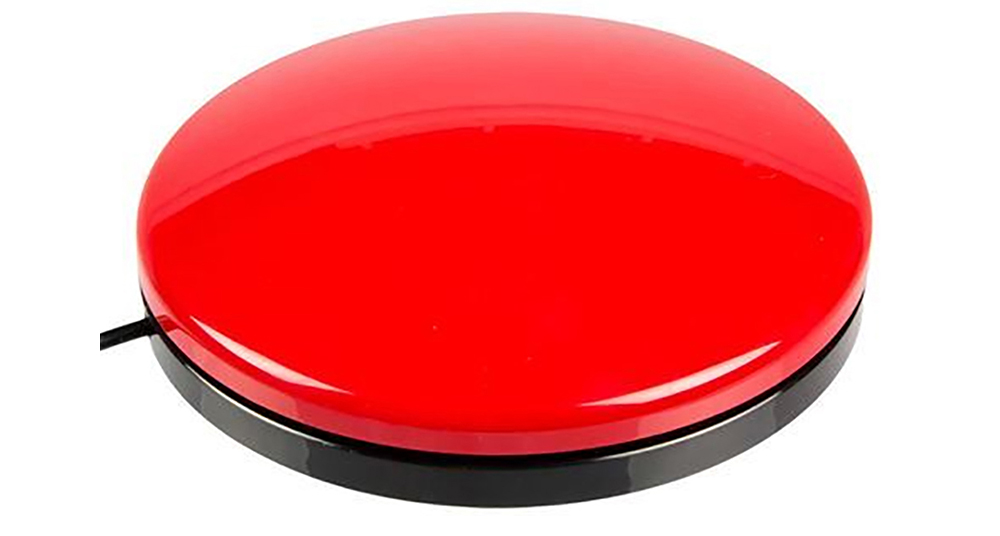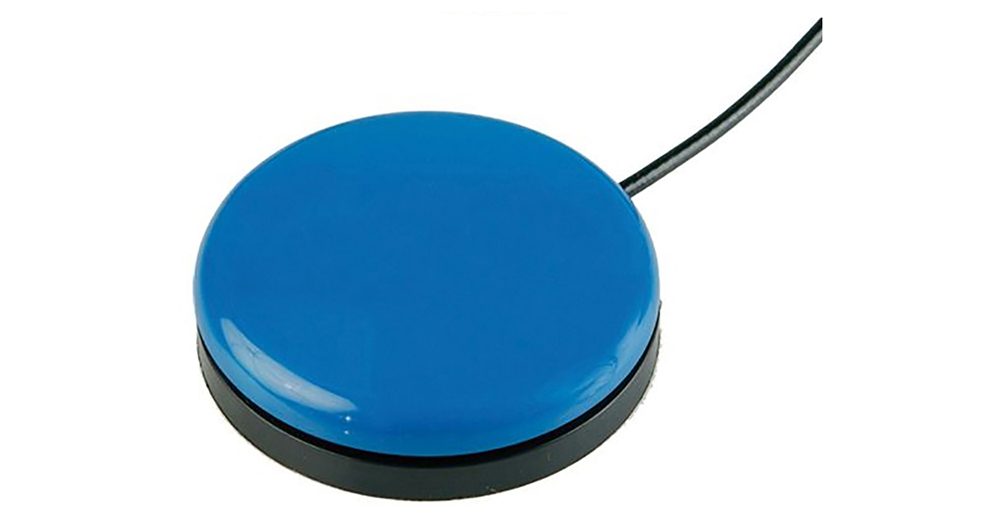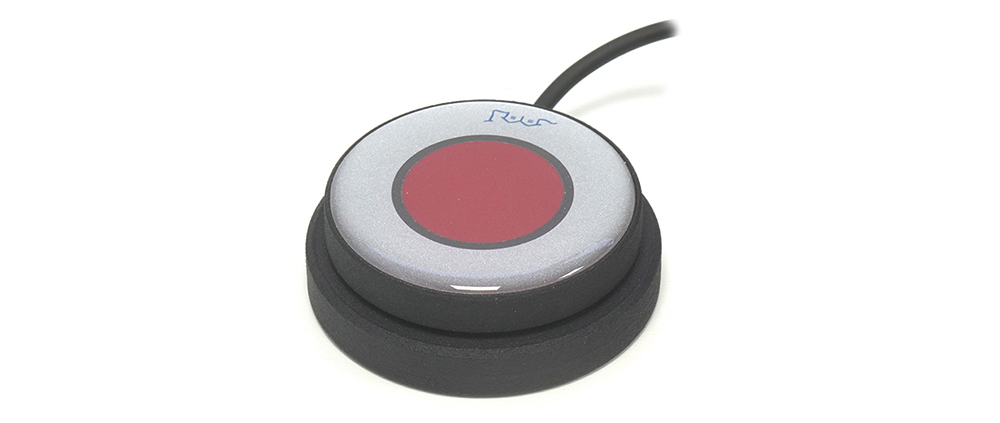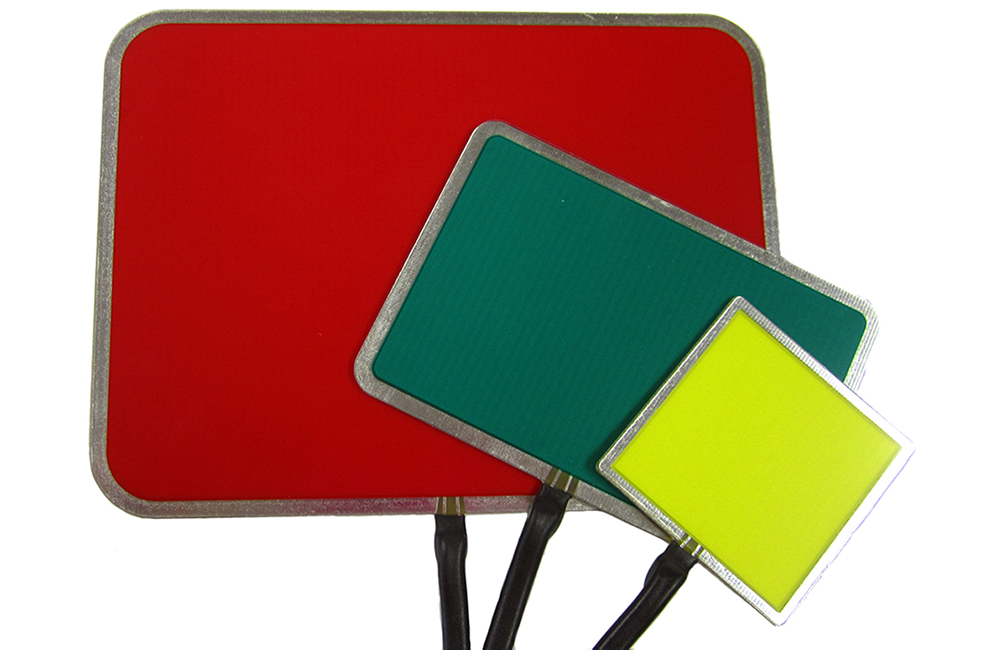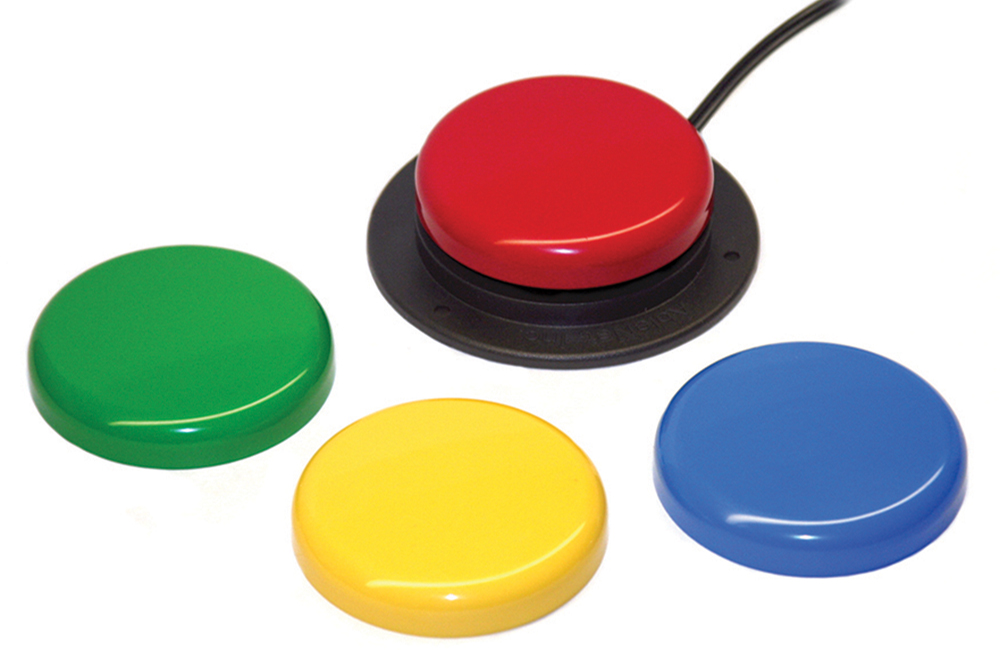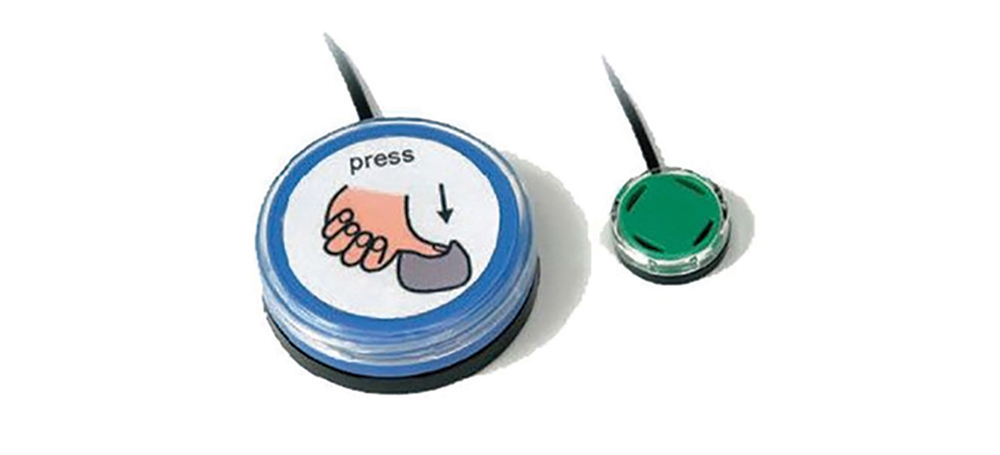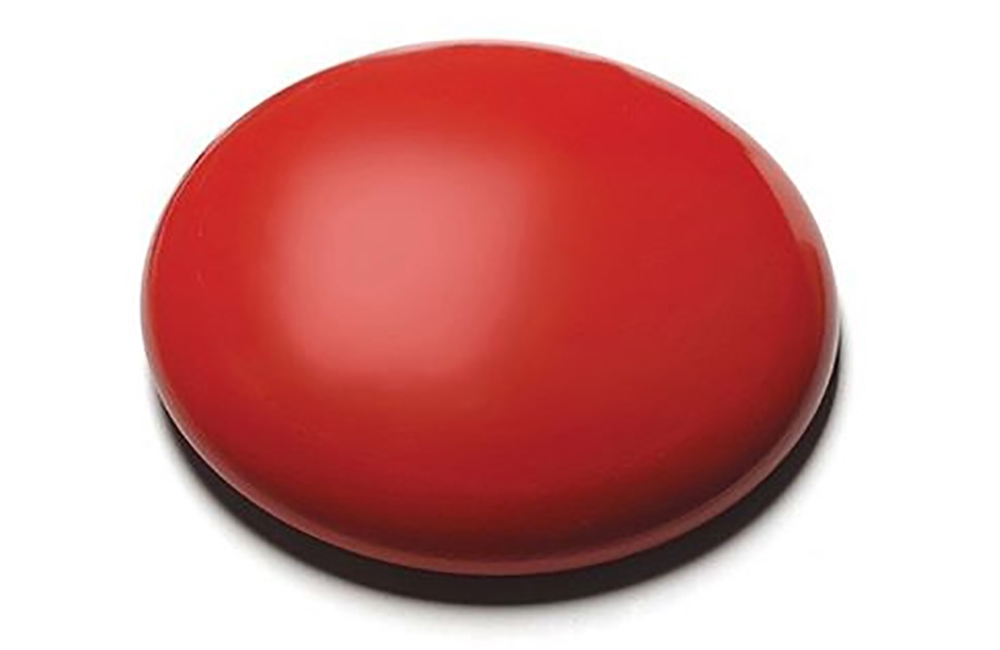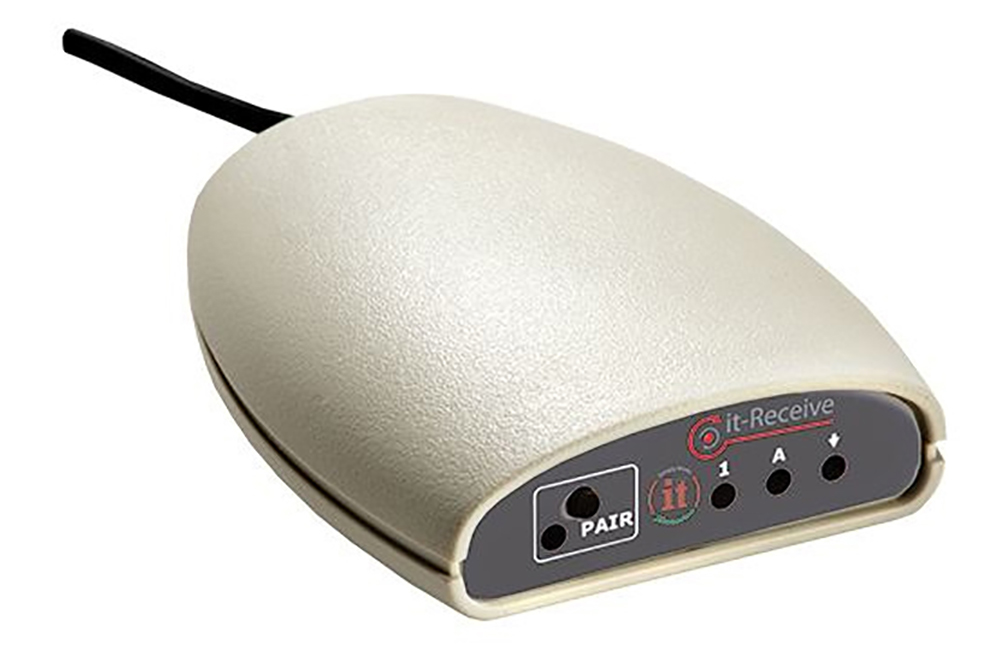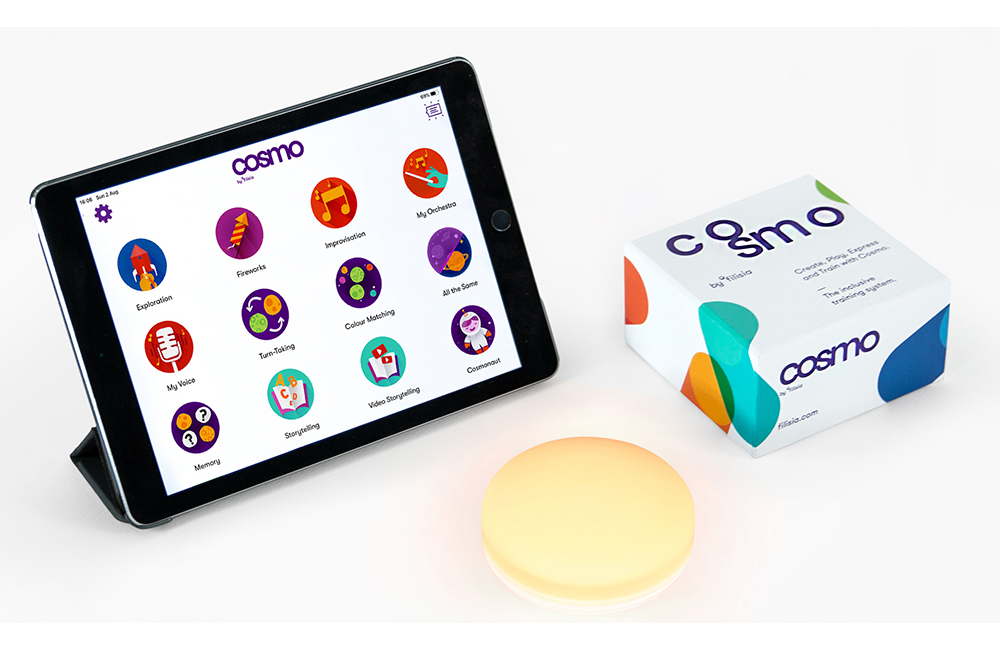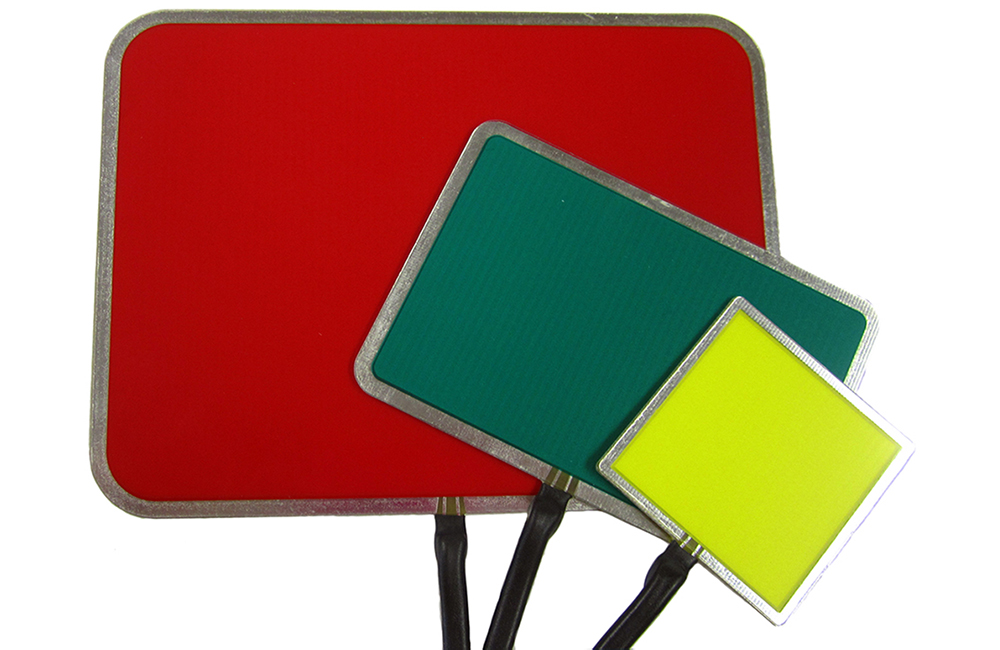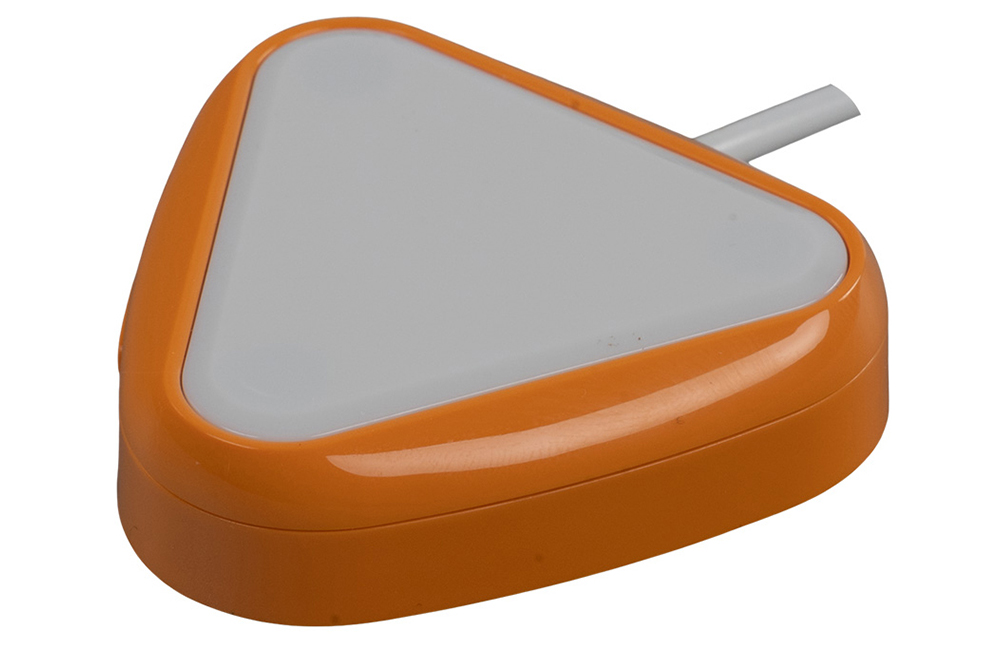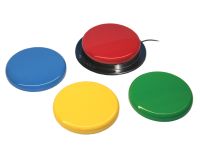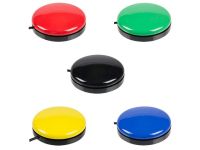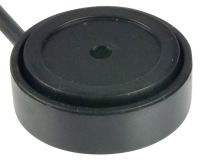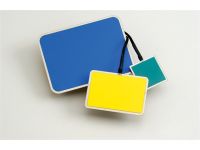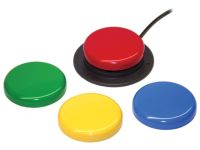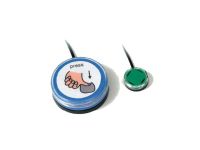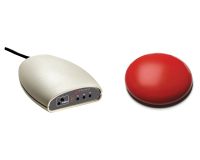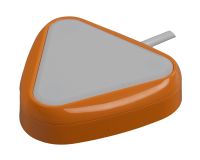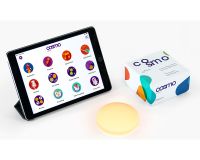Item Added to Basket
Loading...
142 view(s)


There are various factors to consider when selecting the correct switch. Whether choosing between size, colour, wired or wireless and the activation force required to press the switch, it’s important to identify the individual's needs and requirements to determine which switch is the most suitable for them.
Size
Switches are available in a range of different sizes.
A large switch such as a Big Buddy Button (115mm) can be easier to target but will take up more space and be more obtrusive.
Some users may find it easier to start with a big switch and then move to a smaller one such as a Buddy Button (65mm).
A very small switch such as the KajoButton Mini Switch (25mm) may be easier to position and may suit where a single finger can be used.
A very flat switch such as the Pal Pad (various sizes available) may be used in situations where the user is unable to lift their hand to touch the surface of a deeper switch.
Colour and Symbols
Colour can make a switch attractive to touch and help users with a visual problem when they are placed on a contrasting surface.
The Jelly Bean Switch is supplied with four interchangeable coloured tops which helps the individual identify which function is assigned to what colour.
Older users may prefer a less obtrusive colour, or even different colours as a fashion accessory.
Transparent covers such as those supplied with the Access Switch can allow you to add pictures, symbols or different textures onto a switch. Pictures or symbols can be useful to give your pupil the chance to choose between a number of battery or mains devices.
Wired or wireless
As an alternative to a wired button switch, it may be worth considering a wireless solution. Since they have no cords or connections, a wireless switch will allow the individual to control their assistive technology devices more easily and with less strain.
Not only are wireless switches user-friendly, but they also increase mobility, offer greater accessibility, and improve safety.
A wireless switch such as the it-Switch (with the it-Receive receiver unit) can be used to control a computer, switch adapted toy and mains powered device providing the switch is connected to the correct receiver unit.
The Cosmo Switch is a unique light-up, multi-colour Bluetooth switch interface for tablets, mobile phones and computers.
Feedback and Activation
For most users the tactile and auditory feedback offered by a switch that moves and clicks when it is pressed is an advantage in the same way that a "proper" keyboard is preferred to a flat membrane keyboard.
If the auditory feedback is proving to be a distraction to the individual then a low-profile switch which can be operated by the slightest touch such as the Pal Pad may be more suitable. Bear in mind however that this will also affect the attraction of the tactile feedback.
If the individual is unable to produce enough force to activate the switch due to physical limitations then a proximity sensor switch, such as the Candy Corn, is highly sensitive and requires a wave of a hand or other body part within 10 millimetres of it to activate



